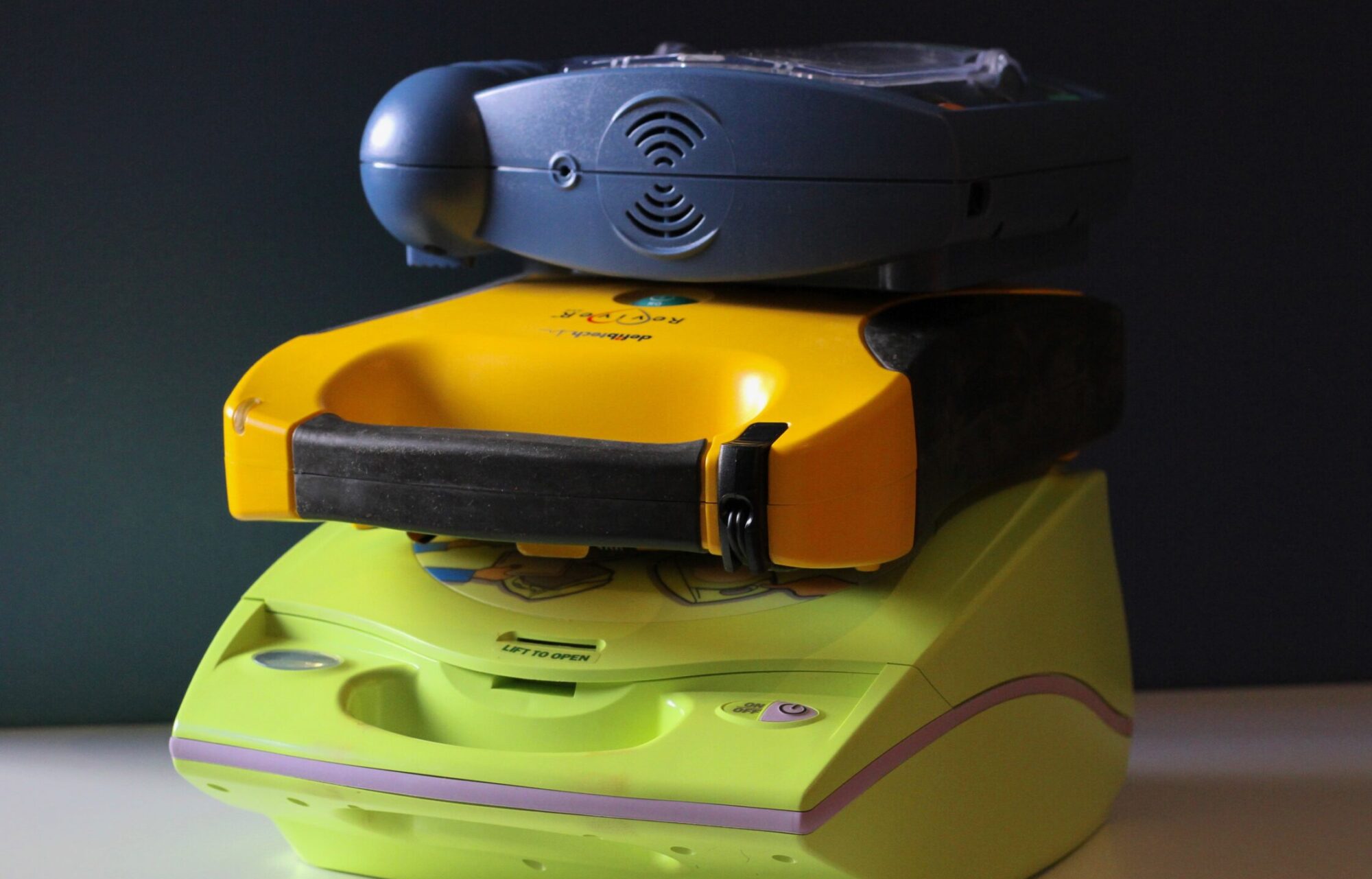AED durability & IP ratings are great ways to determine how long your AED will last and the physical and environmental conditions your defibrillator might withstand.
Let’s face it, if you’re taking your AED to the park, carrying it with you in your car, or out to soccer practice (as we recommend you do!), your AED will develop its fair share of bumps and bruises over time. Thus, it’s important to make sure that it can withstand normal wear and tear.
After all, notwithstanding other product considerations, if you have a choice between a fragile unit and a durable AED, can a case ever be made to choose the fragile unit?
Sure, in some environments, like a well-insulated, carpeted office, you might not need high AED durability & IP ratings, but why test your limits? If the AED is grabbed in the heat of a rescue and you run to the side of the victim, place your AED next to a victim and start CPR, do you want to be concerned about your unit breaking? Didn’t think so.
What is an IP Rating?
The “IP” in IP Rating stands for “ingress protection.” What can get “in” the AED? IP ratings for medical devices fall under the ISO 60601-1 standards. IP is displayed as two numbers, for instance IP 55 or IP 54.
- The first number has to do with “solids” – think dust and dirt.
- The second number has to do with “liquids” – think water.
The higher the IP rating, the better the AED’s resistance to solids and/or liquids.
Next, learn more about the different prices of AED units, or check out all of the AED comparison factors.
